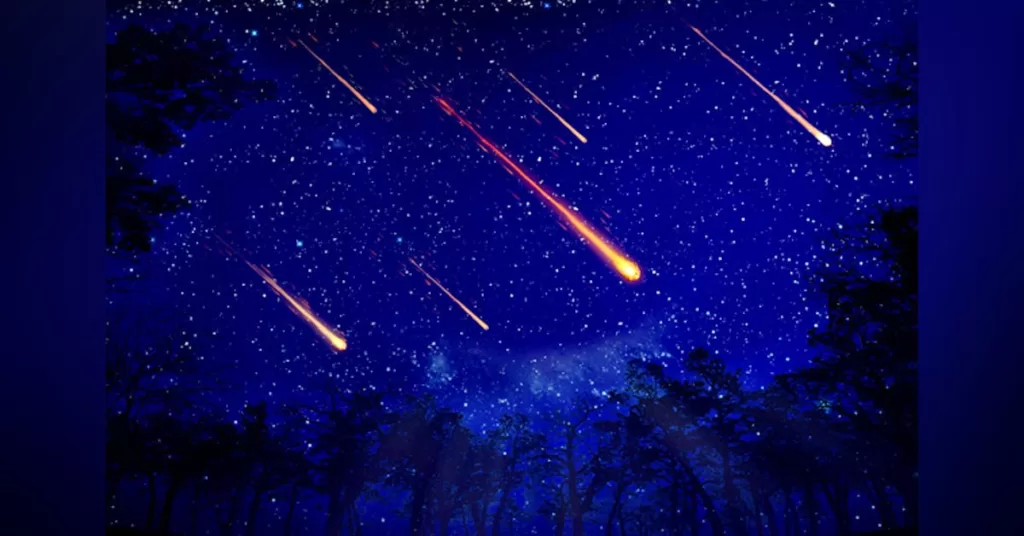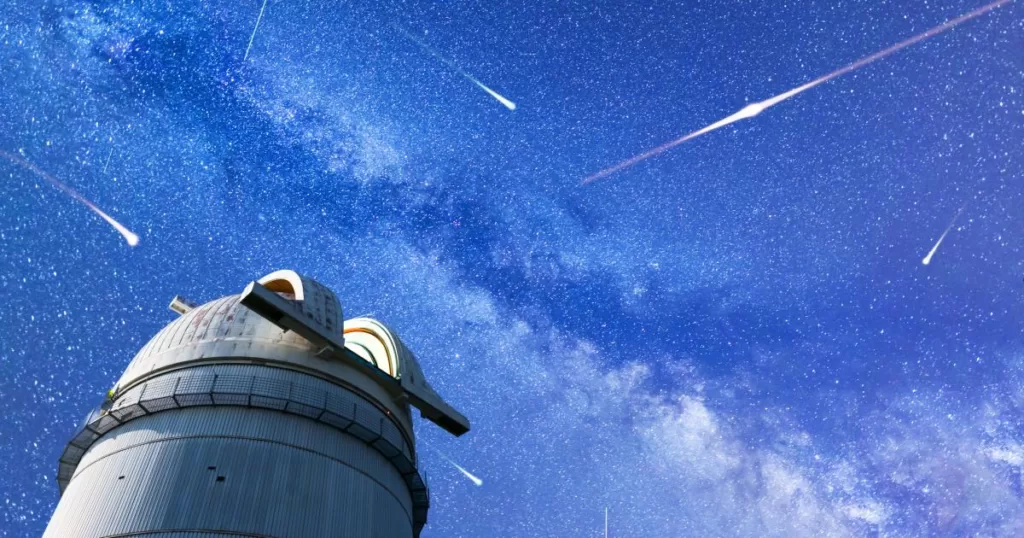Celestial Delight: Perseid Meteor Shower 2023 Set to Dazzle Northern Hemisphere
A Cosmic Celebration: What is the Perseid Meteor Shower?
As the summer nights unfold, get ready for a dazzling celestial show—the Perseid meteor shower, one of the year’s most anticipated meteor showers, is about to take center stage in the skies above the Northern Hemisphere.
When and Where to Watch the Meteor Shower: Catching Shooting Stars
Scheduled to grace the heavens on August 12, the Perseid meteor shower is a result of the Earth passing through the dense debris trails left behind by the comet Swift-Tuttle. If you’re fortunate enough to have clear weather and a dark sky, consider stepping out just before dawn. You might spot a mesmerizing Perseid meteor streaking across the sky approximately every minute, according to insights shared by NASA meteor scientist Bill Cooke, as reported by the Associated Press.
Northern Hemisphere’s Front Row Seat: Where to Experience the Meteor Shower
The Northern Hemisphere is set to be the prime viewing location for the Perseid meteor shower’s celestial fireworks. Experts recommend that skywatchers position themselves away from urban light pollution, favoring countryside or suburban areas for an optimal experience.
The Best Meteor Shower: Unveiling the Perseids
Revered for its luminous charm and the inviting late-summer temperatures, the Perseid meteor shower stands out as a favorite among meteor enthusiasts. NASA notes that it’s not just any meteor shower—it’s the one that managed to halt a Space Shuttle launch. A notable instance occurred in 1993 when the NASA STS-51 launch was postponed due to concerns about the Perseid meteor shower’s intense activity. The potential threat posed by an influx of meteoroids prompted authorities to prioritize the spacecraft’s safety.

Starry Origins: Understanding the Perseids
What exactly are the Perseids? Every late summer, Earth embarks on a cosmic journey through swaths of space debris. The radiant meteors of the Perseid meteor shower originate from the comet Swift-Tuttle. This celestial body, a composite of ice and rock, periodically sheds dusty fragments as it orbits the sun. As these fragments penetrate Earth’s atmosphere, they ignite, producing the luminous streaks that grace our night skies. It’s from the constellation Perseus that these meteors seem to radiate, thus earning the name “Perseid meteor shower.”
Guidelines for Spectating: Watching the Meteor Shower
Curious about how and when to witness this celestial spectacle? Bill Cooke, the head of NASA’s Meteoroid Environment Office, suggests that individuals in the United States might be treated to around 40 Perseid meteors per hour, just before dawn during the meteor shower’s peak nights. For the best experience, choose a spot away from city lights—be it a countryside haven or a suburban retreat—to minimize light pollution. As the weekend unfolds, the meteor shower’s display is expected to gain momentum, culminating in a shower of meteors during the early hours of Sunday morning. Remember, an unobstructed view of the night sky is vital to fully appreciate the splendor of the Perseid meteor shower.
Final Thoughts: The Meteor Shower’s Mesmerizing Magic
As the cosmos prepares to unveil its celestial fireworks, astronomy enthusiasts and curious observers alike are poised to bear witness to the awe-inspiring Perseid meteor shower. With its rich history, unique characteristics, and dazzling display, this meteor shower continues to captivate our imagination and remind us of the sheer beauty of the universe above. So mark your calendars, prepare for a starry spectacle, and let the Perseid meteor shower light up your summer nights.
From Hype to Reality: Future Of Crypto In The Next 5 Years
Shocking and Tragic: The Fargo Shooting Unravels in a Heart-Pounding Symphony of Bullets!
